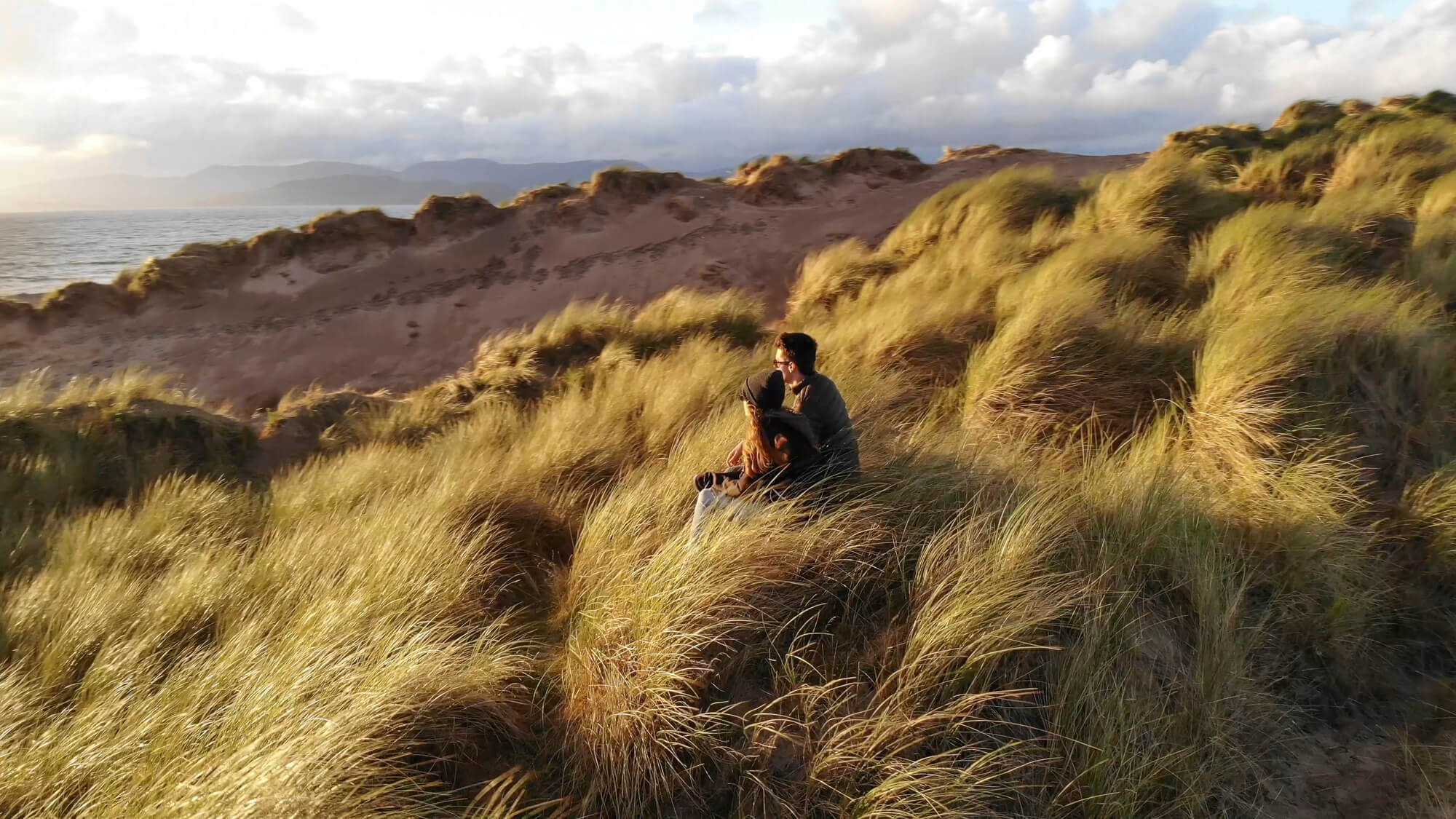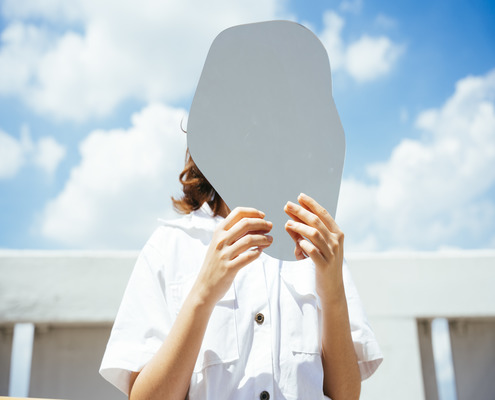Crowned Agency of the year two years in a row by Awwwards, Locomotive is a human-sized digital-first design agency of 25 skillful creatives, developers and producers.
Oversized heroes
We’ve all seen the perfectly optimized way to create a hero for a website to generate better conversion, and we know it works, statistically. The numbers said so. But a lot of creatives seemed to have forgotten about brand recognition, emotions, and about doing things differently by standing out from your competitors. It seems like many marketing teams made creative decisions based solely on statistics and trends, only to head straight into creating endless website lookalikes, reusing the same exact UX strategy over and over again.
But don’t you worry, there is light ahead. The landscape is changing to move into more oversized poster-like heroes, where users can finally see that the page is scrollable by expanding content (text and images) down the fold. We don’t need to find everything above the fold anymore. The user was often missing most of the homepage by creating such fullscreen-like hero layouts. It’s now time to explode the fold, make it bigger, more intuitive, and richer in content. Don’t be afraid to have the user scrolling, but don’t forget to reward them, often.
Design with accessibility and performance in mind
The importance of accessibility and performance is becoming crucial, influencing how designers think and create. We’re quickly leaning towards a shift back to simplicity, for example, following the accessibility guidelines more religiously. That will have an impact on decisions when it comes to choosing colors, validating contrasts and optimal readability, therefore giving a friendlier access to the content itself.
Text-based interfaces and digital intelligence
The growth of text-based interfaces, conversational interfaces, bots and AI integration, leading to more UX personalisation, will also have an impact in upcoming visual trends. The use of typography (a medium born in the eleventh-century) is an integral part of the solution nowadays for designing modern technological interfaces and web layouts. Many typefaces are also evolving into variable fonts, giving even more creative capabilities to this wonderful medium on the web that clearly can adapt very well to the digital era.
A stronger debate on animation and its purposes
The use of animation, which has been explored in great depth since the advent of HTML5, will be more contradicted than ever between designers and UX evangelists. It will be minimized and used for more essential purposes, such as action buttons, micro-interactions, active user’s feedback, notifications, and such.












.svg)
.svg)

.svg)
.svg)

.svg)




